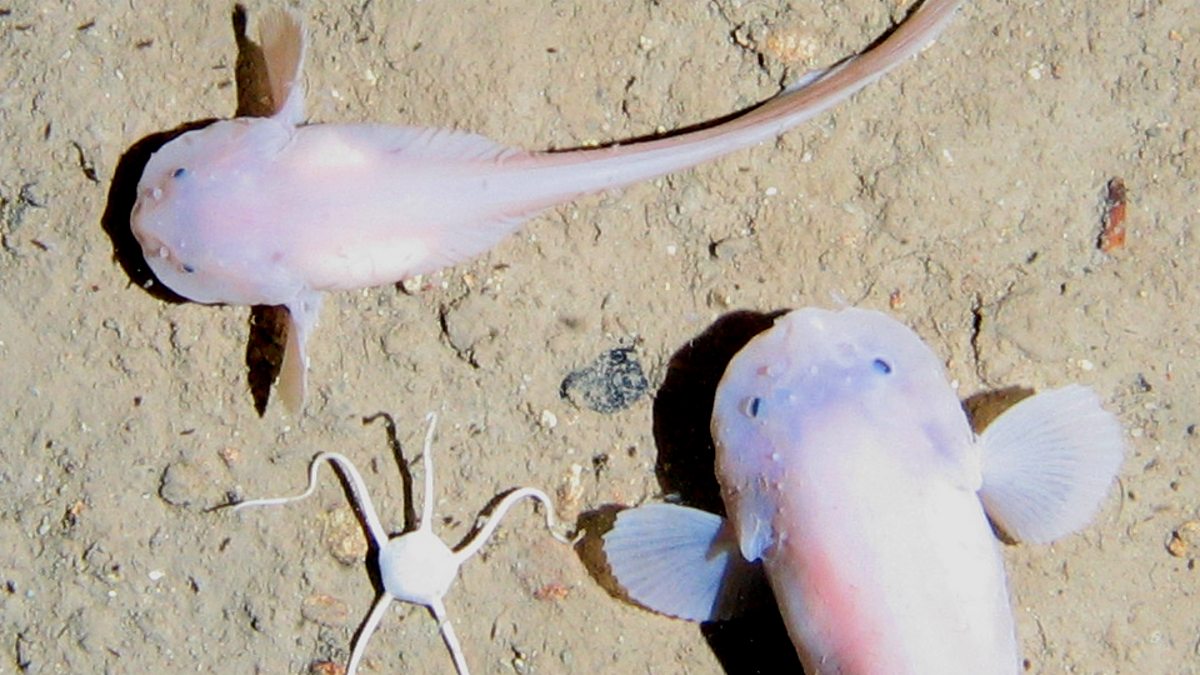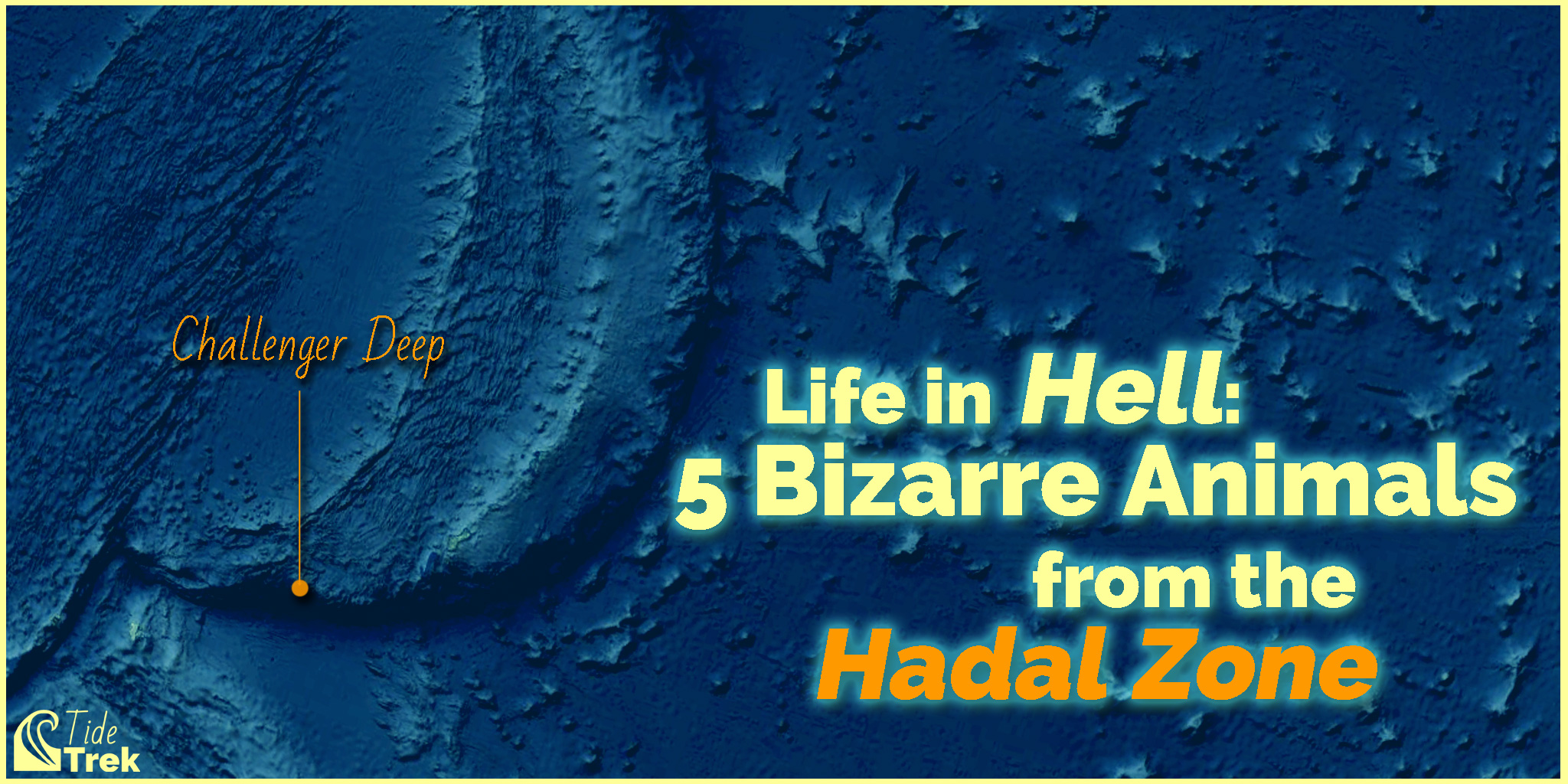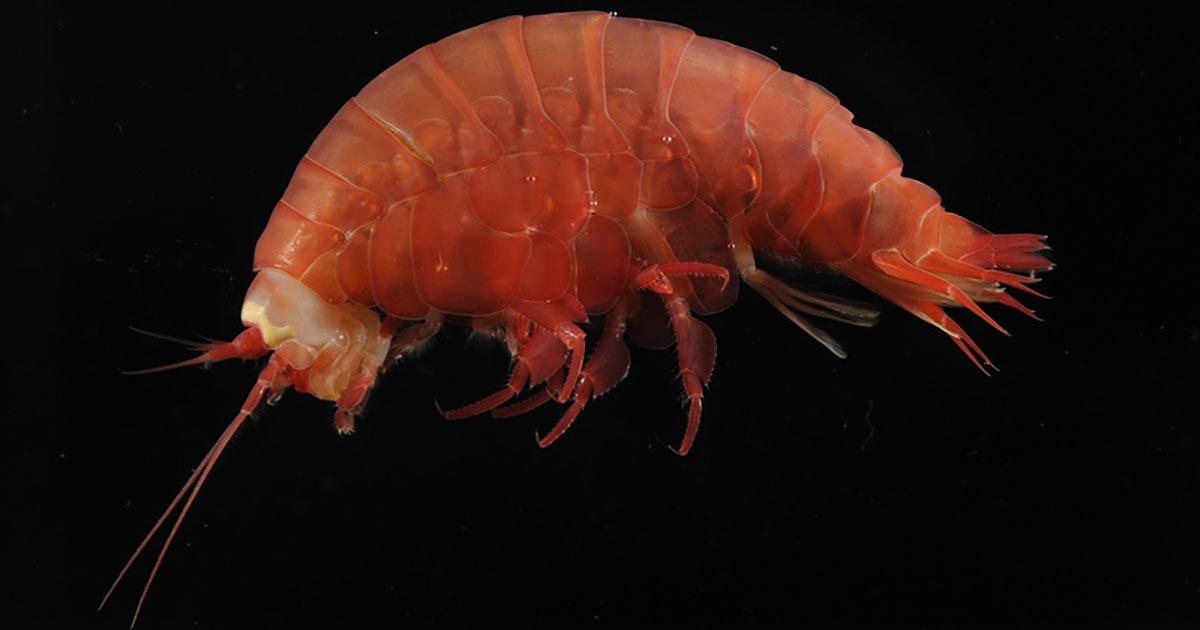Due to the limited light and corresponding frigid temperatures found at these remarkable depths. What are the hadalpelagic zone animals?
Knowing What’s Underneath 10 Facts About The Hadal Zone
The epipelagic is home to all sorts of iconic animals, like whales and dolphins, billfishes, tunas, jellyfishes, sharks, and many other groups.
Hadopelagic zone animals. These include the epipelagic zone (sunlight zone), mesopelagic zone (twilight zone), bathypelagic zone (midnight zone), abyssopelagic zone (abyssal zone), and the hadalpelagic zone. The pelagic zone is divided into epipelagic, mesopelagic, bathypelagic, abyssopelagic, and hadopelagic zones. Here the only visible light is.
The lack of sunlight means there are no plants in the mesopelagic zone, but large fish and. The epipelagic zone stretches from the surface down to 200 m and is home to the greatest biodiversity in the sea, largely because of the availability of sunlight that enables photosynthetic organisms to thrive. Unique animals like the marine hatchet fish and giant squid live in this subzone, surviving mostly on the detritus that drifts down from the epipelagic zone.
Animals living in the bathypelagic zone rely on detritus for food or on eating other animals in this zone. In turn, these animals are eaten by whales, bigger fish, ocean birds, and human beings. Sperm whales will hunt at these depths on occasion to prey on giant squid.
This zone is defined as beginning at approximately 19,000 feet and extending to the ocean floor. At this depth and pressure, the animals most commonly found are fish, mollusks, crustaceans, and jellyfish. It is sometimes referred to as the midnight zone or the dark zone.
Animals of the hadal zone many marine organisms are found deep in the hadal and the most common groups are polychaetas , bivalves , gastropods , amphipods and holothurians. Below this is the hadopelagic zone, which is used to refer to ocean trenches. Algae that live in the epipelagic zone are responsible for much of the original food production for the entire ocean and create at least 50% of the oxygen in the atmosphere (both through photosynthesis).
At this depth there is no perceivable light so there are no plants, resulting in very little food being available to sustain animal life. The deepest zone of the sea is referred to as “the trenches” or hadalpelagic zone. Invertebrates like jellyfish, squids, octopus and krill are also found in the pelagic zone.
This zone extends from 1,000 meters (3,281 feet) down to 4,000 meters (13,124 feet). The largest recorded was a female of about 13.4 inches it is enormous compared to its counterpart here on the surface where they are barely noticeable hiding in seaweeds at the beach with. It is home to many organisms found nowhere else on earth, and most hadal animals are gigantobenthic scavengers adapted to extreme pressure and lack of light.
5 sea creatures of the bathypelagic zone. The hadopelagic zone is found in deep ocean trenches below 6,000 meters (19,700 feet). Animals of the bathypelagic zone.
The bathypelagic zone extends from around 3,300 ft (1 km) below the surface to 13,000 ft (4 km) below. Posted on march 26, 2019. The bathypelagic zone is considered to be deep ocean territory, comprising the area of pelagic ocean between 1,000 and 4,000 meters beneath the surface, with little to no sunlight present in this ecosystem.
Below this is the abyssopelagic zone, also called the abyssal zone, where pressures are extremely high (400 atmospheres and up) and biodiversity drops sharply. Hadal zone animals are those that live at extreme ocean depths, between 6,000 and 11,000 m (20,000 and 36,000 ft). The zones are differentiated based on depth, and each has unique characteristics and unique forms of life that are adapted to conditions in that zone.
The ocean is divided into multiple depth zones; Like what we see in movies, odd and giant creatures live in the deep. The alicelle gigantea is among the supergiant creatures found in the hadal zone in the pacific ocean.
As well as representing the deepest 45 percent of the ocean’s bathymetric range, the hadal zone is interesting due to its unique topographical features. Seabirds such as shearwaters, petrels and gannets can be found above the pelagic zone. This zone is also known as the twilight zone because the light there is very dim.
Large ocean vertebrates such as crustaceans, sharks, bluefin tuna, and sea turtles live or migrate through the pelagic zone. Although there is no sunlight in the area, it is known that it is inhabited by a type of marine life known as hadopelagic or hadal fauna. The next zone down, stretching to about 1,000 meters (3,300 feet) deep, is the mesopelagic zone (2).
Like the abyssopelagic zone, it is cold with no light and extreme pressure. The hadopelagic zone and the trench zone or hadal zone, is the ocean’s deepest furrow, around 120,000 feet depth of the ocean’s bottom and common inhabitants includes the tube worms, viper fish, jellyfish, sea cucumbers, corals and manysea anemone.

BBC Radio 4 Snailfish at 7,100 metres. Credit Oceanlab

Animals & Plants in the Hadal Zone Sciencing

Life in Hell Five Bizarre Animals from the Hadal Zone
BBC Radio 4 Into the Abyss, The Hadal Zone , Creatures
PPT The Ocean Water and Its Creatures PowerPoint

wildsingapore news Thousands of strange creatures found

Hadal zone Ten things you never knew about the ocean's
How are the animals in a hadalpelagic zone? Quora
BBC Radio 4 Into the Abyss, The Hadal Zone , Creatures

The Zones of the Ocean Think Ocean

Amazing underwater footage of NEW SPECIES Hadal Snailfish
Why are there no fish in the deepest deep sea? Deep Sea News
Animals That Live In The Bathypelagic Zone Aja Pictures
Animals & Plants in the Hadal Zone Sciencing
Ocean Life Carl Oceanography Project

Pin on generalhabitatsoceanhadalpelagic

Extreme Adaptation Surviving in the Hadal Zone Featured

List of Hadal Zone Animals Sciencing
